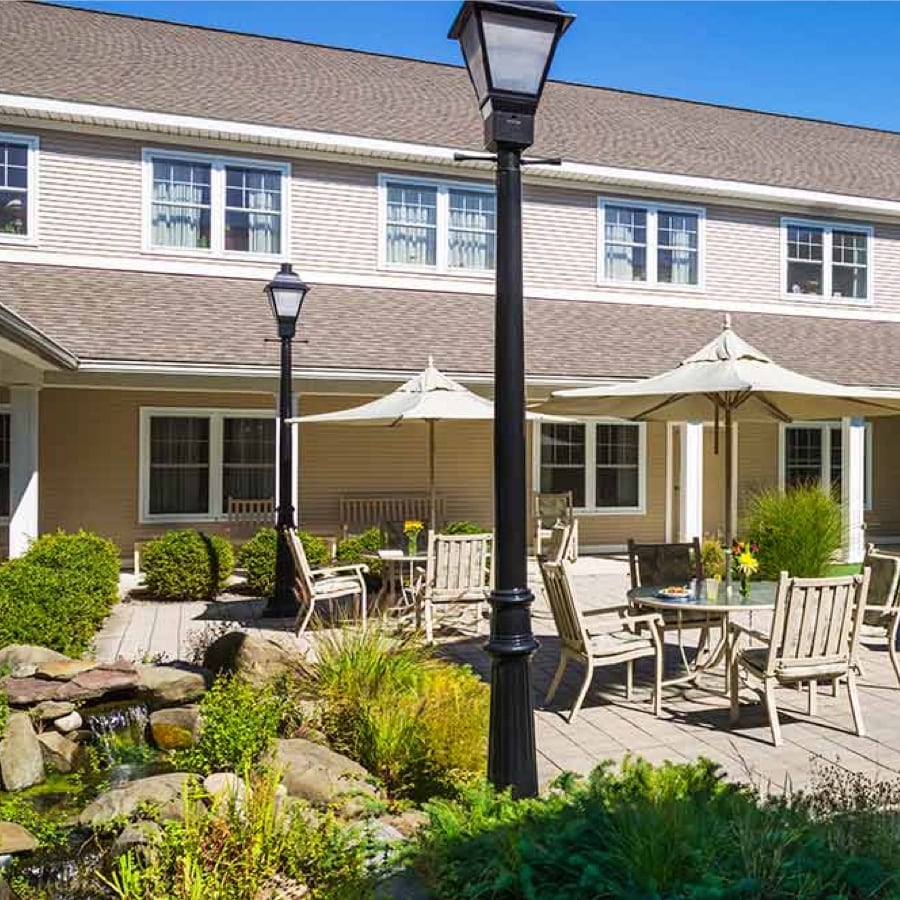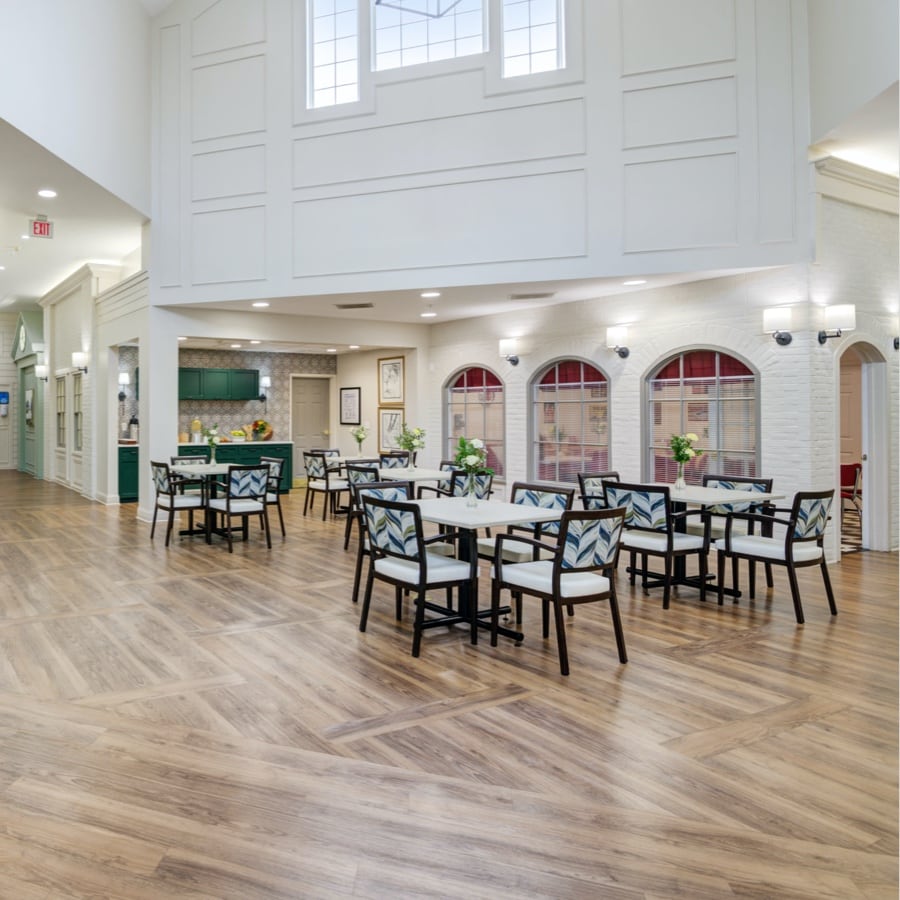Alzheimer’s and dementia may rob individuals of memories, but the desire for a relaxing, comfortable, and familiar home space never fades. As you prepare to move your loved one into a memory care setting, give some thought as to how you will decorate their space. For safety, for enjoyment, for overall ambiance and stimulation, the look and feel of a memory care residence matters.
In memory care at Peregrine Senior Living, The Peregrine Way™ embraces the significance of long-term memories and the meaningful effect they can have on your loved one. We can help you add personal touches to a memory care room that make it more welcoming.
Decorating for Memory Care: Keeping It Calm and Restful
Let in as much natural light as possible.
Open the curtains during daytime to let the sunlight in. Not only is it easier to see, but natural light aides with healthy sleep cycles. Depending upon the angle of the sun during the day, it might be a good idea to position a chair facing a window. But always consult with community caregivers before placing any furniture, as concerns over possible falls or obstruction can change according to the stage of dementia.
Choose the right colors.
Generally, it’s important to bring in bright, solid colors and simple textures. Studieshave shown that red, blue and green are most beneficial for those with dementia. Blue is restful and calming, and can make space look larger. Red stimulates brain waves and grabs attention. Green is the most restful color, actually reducing central nervous system activity. Green is also good for bathrooms and bedrooms because it works as a visual cue.
Use contrast for greater safety.
Decorating for memory care must consider safety first at all times. For example, choose towels that contrast sharply with the color of bathroom walls to help define edges. Do the same with bed linens and drapes if possible. If there is a sitting area for a small couch, choose pillows that contrast with the furniture. Remember to avoid rugs; for a person with dementia, they can look like an object that must be stepped over, which can lead to a fall.
Remove mirrors.
As the memory fades, your loved one may no longer recognize his or her reflection, which can be upsetting to them. Cover or remove any mirrors that are in the room. Be sure to draw the curtains in the room before sunsets to avoid your loved one seeing their reflection in a windowpane.
Make it feel familiar.
Did your loved one love to sew? Hang a favorite quilt that might stimulate memories and feelings of pleasure. If she loved to garden, choose a throw pillow or wall art that depicts nature. If your father loved to play baseball, add some familiar mementos from games. Decorating for memory care can be an upbeat, joyful experience when you keep in mind the calming effect it can have on someone you care about.
Stimulate fond memories.
Bring a soft stuffed animal. Scatter family photos around the room. Put together a memory box with items from your loved one’s past that you can go through together during a visit. Think ticket stubs, familiar fabrics, photos, and items from hobbies and passions. Familiarity is soothing for dementia patients, and can help create a feeling of being at home and safe. Memory care The Peregrine Way™ includes creating a time capsule, which is a box of keepsakes to calm, stimulate and lift residents’ spirits.
Make decorating for memory care a family project.
Gather your siblings and talk about how to create an environment that is pleasing and potentially stimulating for your loved one. You each might have a special memory that would suggest an item, photo, or fabric. Together, you can find a way to bring more smiles to your loved one’s face.
In memory care The Peregrine Way™, we embrace the significance of long-term memories and the meaningful effect they can have on your loved one. We’re here to help you. Download our free Motivated Living Blue Zones guide. Learn more about The Peregrine Way™. Contact us today.











